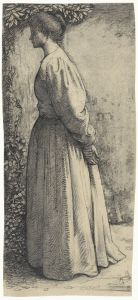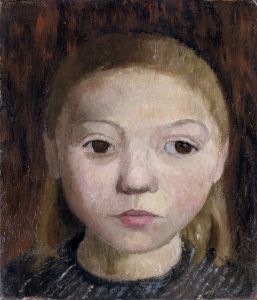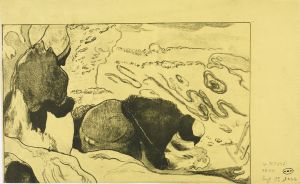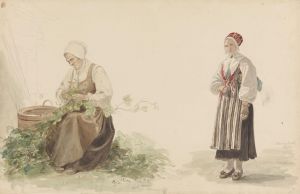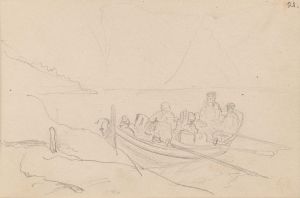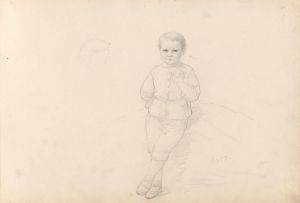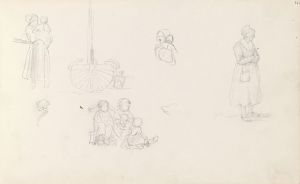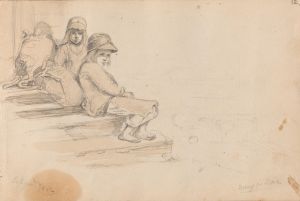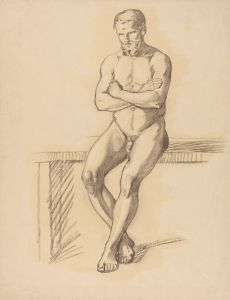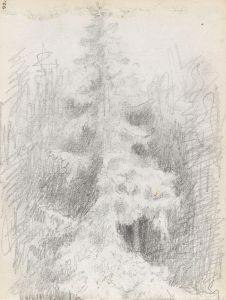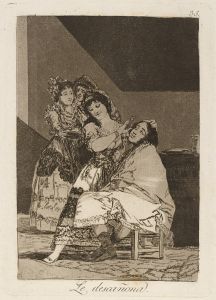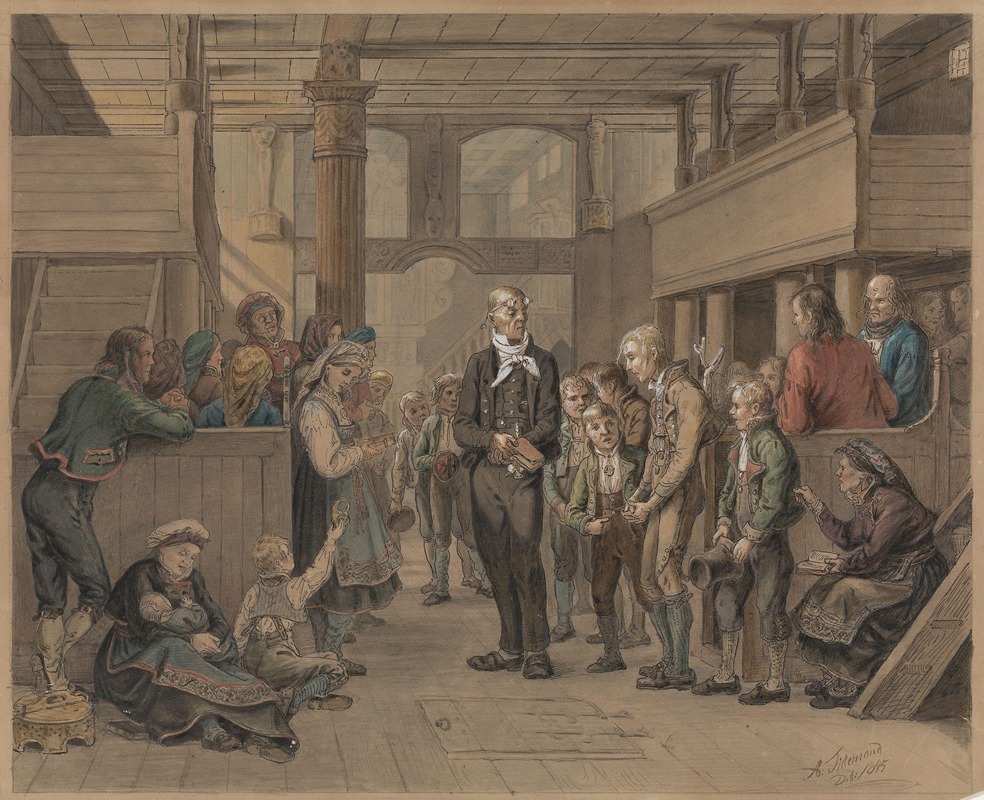
Katekisasjon
A hand-painted replica of Adolph Tidemand’s masterpiece Katekisasjon, meticulously crafted by professional artists to capture the true essence of the original. Each piece is created with museum-quality canvas and rare mineral pigments, carefully painted by experienced artists with delicate brushstrokes and rich, layered colors to perfectly recreate the texture of the original artwork. Unlike machine-printed reproductions, this hand-painted version brings the painting to life, infused with the artist’s emotions and skill in every stroke. Whether for personal collection or home decoration, it instantly elevates the artistic atmosphere of any space.
Adolph Tidemand's painting "Katekisasjon" (English: "Catechism") is a notable work by the Norwegian artist, created in 1847. Tidemand, a prominent figure in 19th-century Norwegian art, is best known for his depictions of rural life and traditional customs in Norway. This painting is one of his significant contributions to the Romantic Nationalism movement, which sought to celebrate and preserve Norwegian culture and identity during a time of growing national consciousness.
"Katekisasjon" portrays a scene of religious instruction in a rural Norwegian setting. The term "katekisasjon" refers to the practice of catechism, a method of teaching Christian doctrine through questions and answers, often conducted by a priest or layperson. In the painting, a group of people, including children and adults, is gathered in a modest interior, attentively listening to a figure presumed to be leading the catechism session. The setting reflects the simplicity of rural Norwegian life, with wooden furniture and traditional clothing that emphasize the cultural and historical context of the scene.
The painting is celebrated for its detailed and realistic portrayal of Norwegian peasant life, a recurring theme in Tidemand's work. His ability to capture the expressions and postures of the figures adds a sense of authenticity and emotional depth to the scene. The artwork also highlights the importance of religion and community in 19th-century Norwegian society, as well as the role of catechism in preserving moral and spiritual values.
"Katekisasjon" is part of Tidemand's broader artistic exploration of Norwegian traditions and everyday life. His works often served as a visual documentation of a rapidly changing society, as industrialization and modernization began to alter rural communities. By focusing on scenes like this, Tidemand contributed to the preservation of Norway's cultural heritage and inspired a sense of national pride.
The painting is housed in the National Museum of Art, Architecture and Design in Oslo, Norway, where it remains an important piece of the country's artistic and cultural history. Adolph Tidemand's legacy as one of Norway's most influential painters is firmly established, and "Katekisasjon" continues to be appreciated for its historical and artistic significance.






